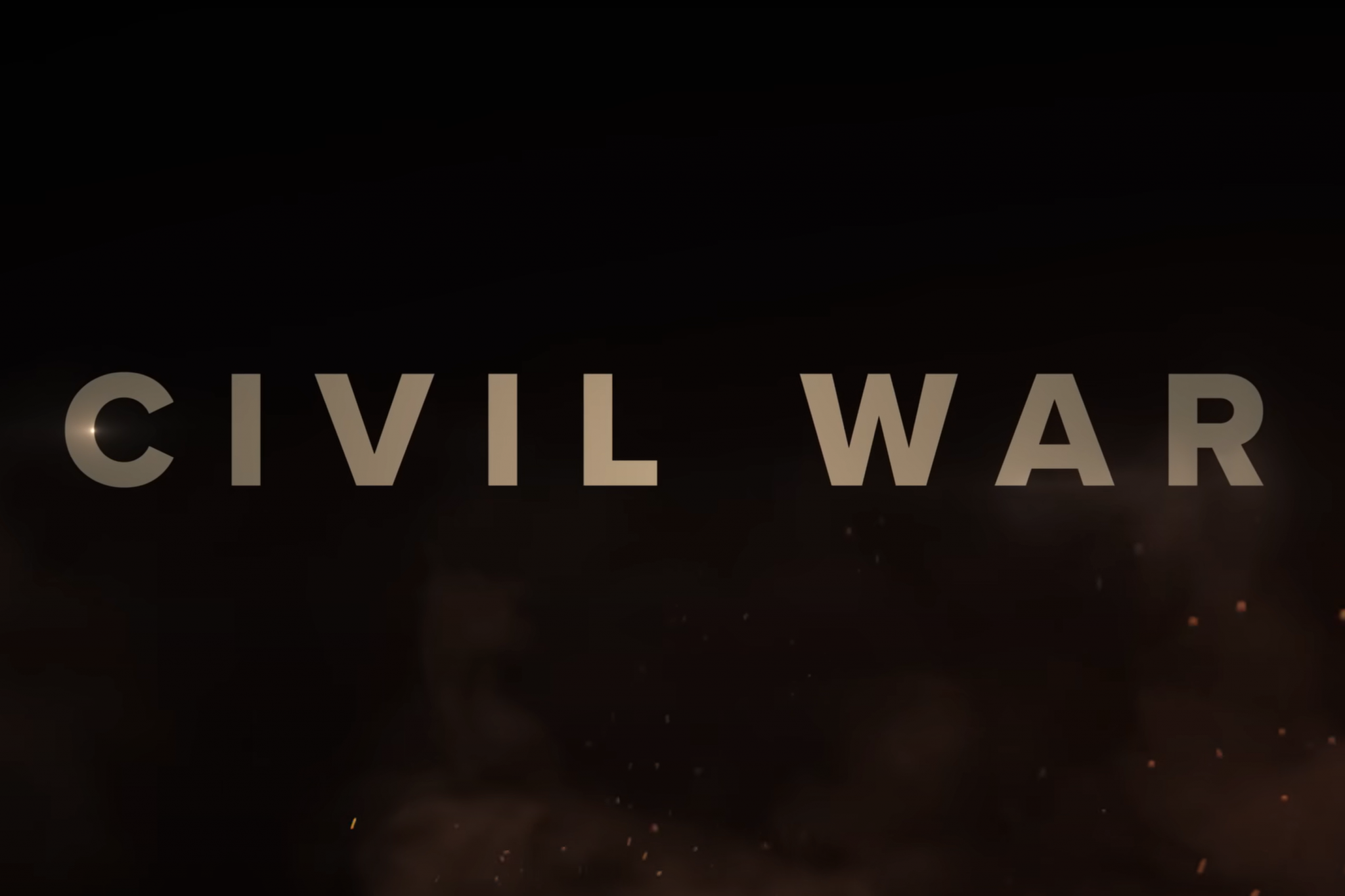In Alex Garland’s Civil War, a sniper lies in the grass. Amid moments of violent suspense and high stakes, he’s asked what side he’s fighting for.
He delivers a response, perfectly encapsulating the tension of the film centered on the fall of a great nation. “Someone’s trying to kill us. We are trying to kill them.”
Civil War follows a team of journalists as they traverse a war-torn United States during the Second American Civil War. In a brash attempt, the group works together to interview a third-term president before his crippled government falls to secessionists.
Garland managed to create a spectacle in which the tension is palpable. Loyalties are tested and the air is tense with the constant threat of bombfire ripping through the sun-drenched landscape.
A near-apocalyptic beauty, the film is littered with signs of destruction, including massive pile ups on highways, gas stations with armed guards and eerily dilapidated roadside attractions — all of which are framed by the feeling of a muggy summer.
Our main characters — an aging role model, a seasoned veteran, an impassioned jokester, and an ambitious newcomer — traverse this landscape on a journey from New York to Washington, D.C., utterly devoted to their mission of documenting the war.
This puts them in near-constant danger and proximity to gunfire, a device the film’s suspense hinges on.
[How distractions impact Gen Z’s ability to sit through movies]
Cameras are fired almost as often as guns in Civil War, and Garland weaves the characters’ art into the film itself. Scenes of intense combat are broken up by stills taken by the characters, often depicting the violence in a graphic, filterless manner which lends itself to the movie’s solemn nature.
Complementary to the landscape and cinematography is the dialogue. It’s strained and close, with even the most trivial and friendly of interactions marred by the constant threat of violence. Not a moment goes by during the journey where the audience can rest easy.
There’s a tangible heat hanging over the entire film as well, visible through the harsh sunlight and the sweat on the characters after they survive documenting a fierce battle. Heavy breathing and long silence are normal in their beat-up van as they take in the sight of a decrepit nation.
Each character reacts differently to the wasteland. Kirsten Dunst’s Lee seems desensitized and contemplative, while Wagner Moura’s Joel is prone to outbursts. Cailee Spaeny plays Jessie, who is horrified by what she sees but gains her footing, while Stephen McKinley Henderson’s Sammy serves as a veteran role model to the group. Each performance supports the others, and each character uniquely brings the audience deep into the story’s emotions.
It’s clearly America, despite how graphically violent it is. Even in rural pockets seemingly untouched by the war, the comfort is never entirely secure and never entirely real.
A demagogue president and the radicalization prevalent in the film show the contemporary nature. It’s an action movie, but one with a sharp purpose, urging us to contemplate the future.
[New ‘Star Wars’ club gives ‘A New Hope’ to UMD fans]
There was no natural disaster in this dystopia, no volcanic eruption destroying the world. The destruction is patriotic with a widespread and brutal result.
As Americans, we’re used to these images of war taken from halfway across the world. But in Civil War, what we’ve seen in other countries is happening in our own. The war is fought and photographed by Americans, and Garland shows the violence in gruesome detail, emphasizing humans’ fragility.
Civil War is a stunning, action-packed cinema, but the heart of the film is in the realism. We are up close to the strife, struggle, and distress. We see it in combat sequences, but also in the pained expressions and tense dialogue of the characters, who wear the brutality of war in distant stares and while holding back tears.



